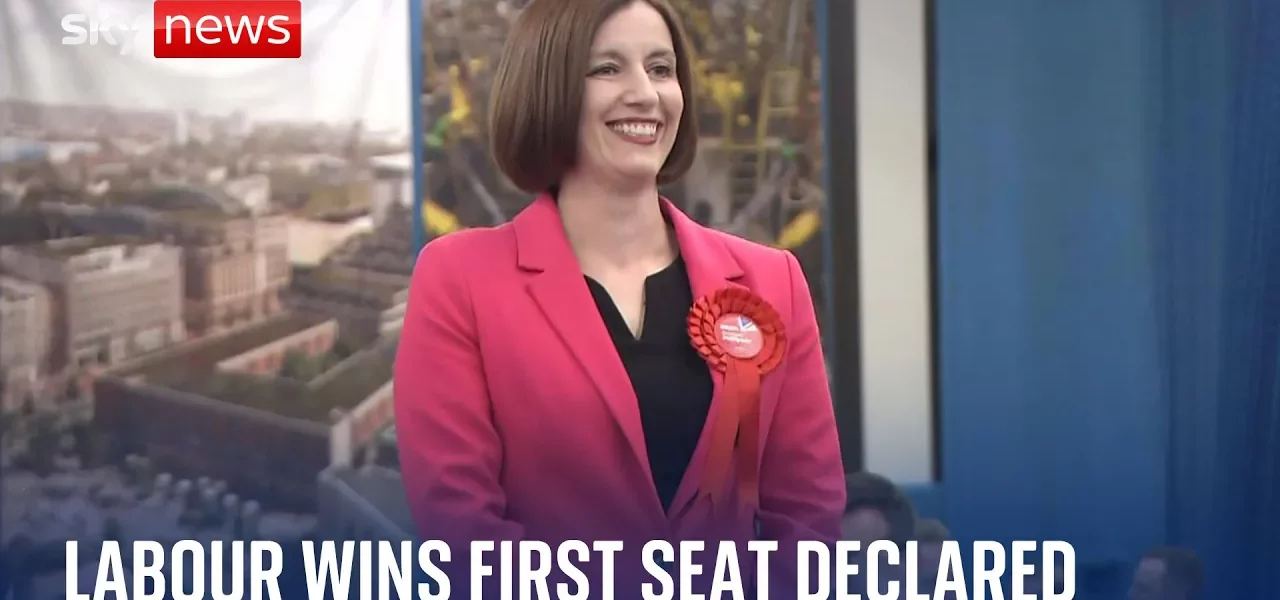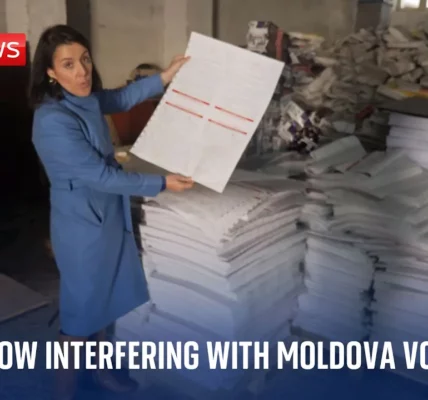Horton and Sunderland South Election Results | Bridget Phillipson Victory

The Horton and Sunderland South election results have been announced, showcasing a decisive victory for Bridget Phillipson from the Labour Party. This article delves into the results, the candidates, and the broader implications for the political landscape in the UK.
Introduction
The recent election in the Horton and Sunderland South constituency has captivated the political arena, marking a significant moment for the Labour Party and its leadership under Keir Starmer. Bridget Phillipson’s victory not only reflects her popularity but also signals a shift in voter sentiment across the UK. This article will explore the results in detail, the candidates involved, and the potential impact of this election on future political dynamics in the region.
Election Results Overview
The total number of votes for each candidate in the Horton and Sunderland South constituency is as follows:
- Richard Peter Bradley: 1,723 votes
- Chris Berle: 5,514 votes
- Paul Edgeworth: 2,290 votes
- Richard M. Philipsson: 1,883 votes
Bridget Phillipson emerged as the clear winner, receiving a substantial amount of support from the electorate. This result is significant as it marks the first constituency to declare results in the current election cycle, setting the tone for subsequent announcements.
Candidate Profiles
Understanding the candidates involved in the election provides context to the results. Here’s a closer look at the main candidates:
Bridget Phillipson (Labour Party)
Bridget Phillipson has served as the Shadow Education Secretary and has been a prominent figure in the Labour Party. Her campaign focused on hope and unity, emphasizing the need for a government that serves all citizens, regardless of their background.
Chris Berle (Conservative Party)
Chris Berle’s campaign struggled to resonate with the electorate, leading to a third-place finish. Questions regarding party leadership and strategy were raised during the campaign, particularly relating to the inclusion of influential figures like Nigel Farage.
Other Candidates
The other candidates, Richard Peter Bradley and Paul Edgeworth, also played roles in shaping the electoral discourse, although their impacts were minimal compared to the leading candidates.
Implications of the Election Results
The results of the Horton and Sunderland South election carry several implications for both the Labour Party and the Conservative Party:
Shift in Political Sentiment
Bridget Phillipson’s victory reflects a broader change in public sentiment towards the Labour Party, indicating a possible shift in the political landscape after 14 years of Conservative governance. Key points include:
- Increased trust in Labour’s leadership under Keir Starmer.
- A call for change as expressed by the electorate, highlighting dissatisfaction with the current government.
Future of the Labour Party
With this victory, the Labour Party aims to solidify its position and work towards fulfilling the promises made during the campaign. The focus will be on:
- Building a society where opportunity is accessible to all.
- Addressing issues that affect children and families in the constituency.
- Maintaining the trust of the voters through effective governance and accountability.
Challenges for the Conservative Party
The Conservatives face challenges in regaining momentum after this election, particularly with criticisms of party strategy and leadership, including the controversial decision not to integrate influential figures like Nigel Farage into their ranks.
Conclusion
The Horton and Sunderland South election results signal a pivotal moment in UK politics, particularly for the Labour Party under Bridget Phillipson’s leadership. As they move forward, the party must honor the trust placed in them by voters and work diligently to deliver on their promises. The Conservative Party, on the other hand, must reassess its strategies and approach to reconnect with the electorate. For those interested in the evolving political landscape, this election serves as a crucial indicator of future trends and voter priorities.
Stay informed on future election results and political analyses by visiting our website for more articles and updates.
“`




